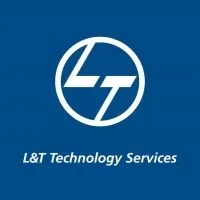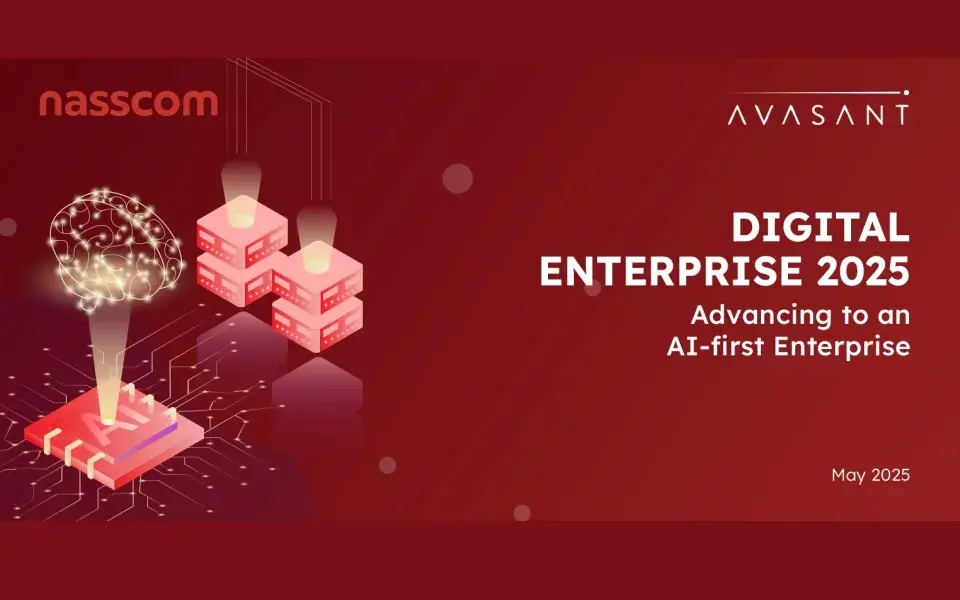For decades, India has charted a spectacular course in the world of technology, building a reputation as a global hub for engineering talent and IT services. While the country continues to boast of having the third largest pool of unicorns in the world after China and the US, one of the largest DeepTech talent pools in the world, and our prowess in building complex technologies, our celebrated capacity for creation is being undermined by a systemic, almost cultural, lack in ability to capture value. Our tech startups, including DeepTech startups, are mastering the science of DeepTech and Generative AI, but struggling with the art and science of taking it to the world. This Go-to-Market (GTM) deficiency is not a teething problem, but India's trillion-dollar blind spot separating us from true global technology leadership.
The reasons why Indian startups neglect or fail at GTM are not singular, but a complex interplay of psychological biases, ecosystem incentives, and brutal market realities.

Layer 1: Founders’ Dilemma
The problems begins with the founders themselves. These include:
- The Engineer's Aversion to Sales: The majority of our DeepTech founders come from engineering backgrounds. Their brains are trained to seek logic, predictability, and optimal solutions. The world of enterprise sales, however, is often perceived as irrational, relationship-driven, and ambiguous. This creates a psychological aversion, leading founders to retreat to their comfort zone, i.e. the product, while delaying the crucial work of building a sales engine.
- The Founder-Led-Sales Trap: In the early days, the founder's passion and deep product knowledge make them the best salesperson. The company gets its first few clients through the sheer force of the founder's will. The trap is that this success is not scalable. Founders often fail to transition from Founder-Led-Sales to building a repeatable sales process, hire the right talent, and create a system that can run without them. The bitter reality is that they, unknowingly, become the primary bottleneck to their own company's growth.
- The Product-Market Fit Illusion: Our "invention-first" culture is dangerously pronounced in the GenAI space. Fuelled by hype cycles, many teams of brilliant data scientists are building powerful and complex tech without having first rigorously validated a high-value, monetizable problem. These companies have a phenomenal answer, but they didn’t find the right question in the first place. This is a direct consequence of a culture that delinks R&D from GTM, treating the latter as an afterthought. This is not failing fast, rather, it means failing slowly and expensively.
- The Value Proposition Trap: Our legacy of cost-arbitrage has trapped us in a low-price mindset. Startup founders instinctively price their products based on their costs plus a margin, or at a slight discount to competitors, rather than pricing based on the immense value and ROI their technology delivers. For example, if a startup sells a GenAI solution that can save a bank $20 million in fraud detection, their price should be anchored to that $20 million figure, not to the salary costs of their teams.
Layer 2: Ecosystem's Inertia
The founders’ instincts are amplified by some ecosystem-level challenges. These include:
- The IT Services DNA: Our IT services legacy hardwired a reactive, cost-focused DNA into our tech culture. This is the opposite of the proactive, value-based approach required to sell a disruptive product. This mindset subtly influences everything from how we price our products to the kind of talent we celebrate.
- The Perverse Incentives of the Valuation Game: The VC ecosystem in India has, for years, placed a disproportionate emphasis on technology demos, user growth metrics, and visionary stories to justify growing valuations. This creates a perverse incentive, as part of which, founders are pushed to build something that looks impressive for the next funding round, rather than building a solid, revenue-generating business. GTM becomes a secondary priority because it doesn't directly serve the immediate goal of securing a higher valuation.
- Funding-Triggered Capital Allocation Fallacy: Amidst insufficient funding and growing competitiveness in the space, startups are under pressure to rapidly innovate and capture market share. This leads to focusing heavily on product development, sometimes at the expense of a well-defined GTM plan. While a great product is essential, it is less likely to succeed without effectively reaching the target audience. If we think that the engine (the product) is 80% of the car's value, the reality is that an engine with no drivetrain is worthless.
- Scarcity of Bilingual GTM Talent: Selling a high-value, complex DeepTech solution is fundamentally different from selling standard software. It demands a rare bilingual talent, i.e. someone who is fluent in both the language of technology and the language of business ROI. Our ecosystem has not been able to cultivate this specific competency at the required scale. We have an abundance of engineers and conventional salespeople, but a critical scarcity of market-ready GTM talent with the right set of skills. This gap is where promising technologies fall into a commercial void.
Layer 3: Market's Brutal Realities
Even with the right mindset and incentives, the market, currently, presents some tough challenges. These include:
- The Global Trust Deficit: We must be honest about the "Made in India" brand in the context of high-value enterprise software. While our reputation for services is stellar, a trust deficit, to some extent, often persists for mission-critical products. Indian startups have to work significantly harder to establish credibility with global CIOs compared to their counterparts from Silicon Valley or other major markets, leading to longer sales cycles and higher customer acquisition costs.
- The True Cost of Enterprise Sales: A critical strategic error is the underestimation of what it truly costs to acquire and grow an enterprise account. Startups often budget for the initial land but fail to invest adequately in the customer success and account management resources required for the expand motion, which is where the long-term profitability of an enterprise relationship lies.
A Steady and Persistent Effort is Required for a Systemic Change
Patchwork solutions will no longer suffice. We need a radical, top-to-bottom overhaul of the ecosystem's approach.
- Reforming the Human Capital Pipeline: The intervention must begin before a startup is even founded.
- Curriculum Overhaul: The government and its affiliated bodies can consider getting a credit-based curriculum in business model creation, value proposition design, and market validation, included in engineering and other courses at undergraduate level
- Corporate Fellowships: A prestigious fellowship can be thought of where leading Indian conglomerates and MNCs sponsor their senior business leaders, such as strategy heads, for a short-term fellowship inside promising DeepTech startups to serve as mentors and commercial co-pilots.
- Shifting Capital Incentives: Consider architecting a formal, high-profile program incentivizing our largest corporations to become customers of Indian DeepTech. This goes beyond simple co-investment. A company designated as a patron of Indian DeepTech would receive significant tax benefits and public recognition for being the first major customer of a new Indian DeepTech product, providing not just capital and a use-case, but also lending their credibility and global channels to the startup.
- A New Scorecard: Government bodies, instead of using private valuation as a primary indicator of ecosystem health, can consider developing and publishing a quarterly index for the technology sector. This index would track hard metrics, such as export revenue from Indian-owned IP, gross margins, global market share in key tech categories, and the number of companies generating over $10M in profitable revenue. This will shift the focus from perceived worth to demonstrated economic power.
Conclusion: The Choice Before Us
The GTM crisis is not a roadblock that will only halt our progress, but if not addressed in a timely manner, it can translate into an intense evolutionary pressure that will forge two distinct, parallel paths for Indian technology.
|
Emergence of India as the Component Superpower
|
Emergence of the Full-Stack Sovereigns
|
|
A significant portion of our technically brilliant but GTM-weak startups might not fail. They might thrive, but not as standalone giants. They might get acquired by, or become deeply integrated, high-margin suppliers to global technology giants like Microsoft, Google, SAP, and NVIDIA etc. Their GTM model will pivot from a direct-to-enterprise approach to a sophisticated Business-to-Developer (B2D) or OEM strategy. In essence, we will have perfected the art of building the most critical, complex components, but with a ceiling on our ambition. We will own the engine, but not the car. We will capture immense value, but we will not own the end customer, the brand, or the overarching platform.
|
A smaller, more resilient cohort of companies might emerge from the GTM struggle, hardened and complete. These startups might be defined by a parity between their technical and commercial functions from their very first day. Their founders might be as fluent in deal-making and value-based selling as they are in ML architectures. They will likely grow more deliberately, raising capital with more discipline, and will view GTM not as a department, but as the core of their entire operation. These are the companies that will reject lucrative acquisition offers to undertake the exhaustic, decade-long task of building their own global sales channels, their own brand, and their own ecosystem. They will be rarer, and their journey will be with more risk, but these will be the companies that become the true Indian-born global giants.
|
The critical strategic insight for every stakeholder is that the greatest danger lies not in choosing one of these paths, but in failing to choose at all. The messy, venture-funded middle ground – where a startup is too proud to be a component supplier but too commercially weak to become a sovereign – is the new valley of death. Ambiguity of ambition is a death sentence in the current landscape. A company must either architect its technology for seamless integration into a larger platform or architect its entire organization for a full-frontal assault on the global market. This clarity will define the shape, scale, and ultimate legacy of India's technology ecosystem for the next half-century. We have the technical genius. Now, we require the commercial clarity.



















